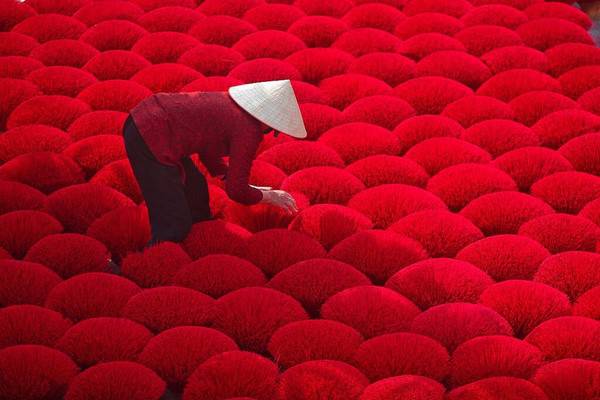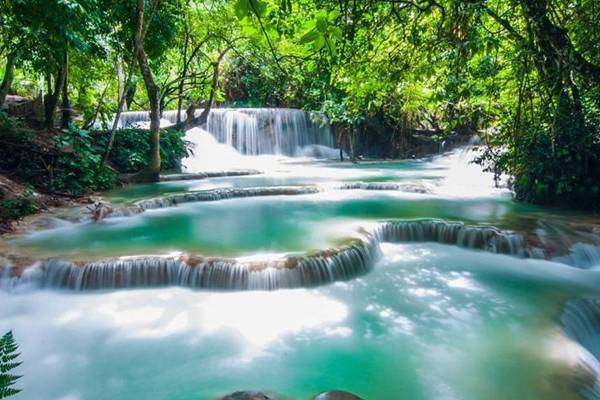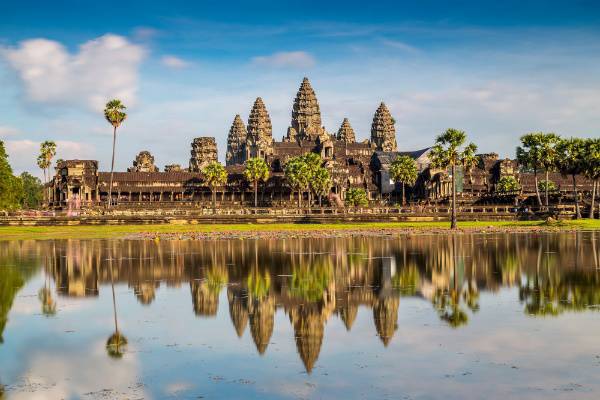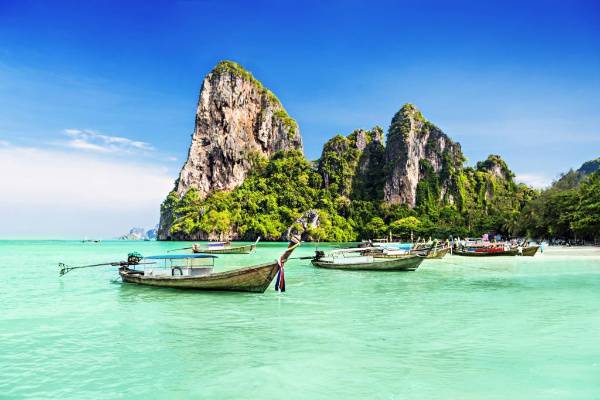Best time to visit Laos
Laos, the Land of a Million Elephants, is a country of diverse landscapes and climates. While it is accessible year-round, the best time to visit Laos generally depends on your desired activities and tolerance for heat or rain. The country experiences a tropical monsoon climate with three distinct seasons - Cool/Dry, Hot/Dry, and Wet - each offering a unique travel experience. Understanding these weather patterns is crucial for planning the perfect Lao adventure.
Laos’s climate is dominated by a tropical monsoon, which divides the year into three main seasons. The weather can vary significantly from the mountainous north to the lower-lying south.
1. Cool and Dry Season (October to February)
This period is widely considered the best time to visit Laos.
- Weather: The weather is pleasantly warm, sunny, and most comfortable. Humidity is low, and rainfall is minimal.
- Temperatures: Average temperatures range from 15°C to 25°C across the country, though mountainous areas in the north (like Phongsali and Xieng Khouang) can experience cooler evenings, sometimes dropping close to freezing.
- Why Visit Now:
- Ideal for activities: Perfect for trekking, cycling, caving, river cruising on the Mekong, and sightseeing.
- Festivals: Coincides with several major festivals, including the Boun That Luang (Vientiane) and various local boat racing festivals.
- Popularity: Due to the pleasant weather, this is the peak tourist season, meaning popular sites like Luang Prabang and Vientiane will be busier, and accommodation prices may be higher.
2. Hot and Dry Season (March to May)
This is the shoulder season, best suited for travelers who can handle the heat.
- Weather: Temperatures rise significantly, making this the hottest time of the year. Rainfall remains low.
- Temperatures: Daytime temperatures frequently soar above 30°C to 35°C and can be particularly intense in the lowlands.
- Why Visit Now:
- Water Festival: This season culminates in the Lao New Year (Pi Mai Lao or Boun Songkran) in mid-April, a joyous three-day water festival.
- Best for Southern Laos: The islands and beaches of Southern Laos (like the 4,000 Islands - Si Phan Don) remain relatively pleasant.
- Smoke Haze: Be aware that "slash and burn" farming practices in the mountainous North can sometimes cause a significant smoke haze between March and May, affecting air quality and visibility.
3. Wet (or Green) Season (June to September)
This season is often overlooked but offers a unique, lush experience.
- Weather: Characterized by high rainfall and high humidity. Rain typically comes in heavy, short bursts, often in the afternoon, leaving the mornings clear.
- Temperatures: Temperatures are warm, ranging from 25°C to 30°C.
- Why Visit Now:
- Lush Scenery: The countryside is incredibly green, vibrant, and beautiful. Waterfalls (like Kuang Si in Luang Prabang) are at their most spectacular and powerful.
- Lower Crowds & Prices: Tourist numbers are lower, offering a more peaceful experience and often resulting in better deals on flights and accommodation.
- Mekong River: The Mekong River is high, making boat travel between destinations easier and faster.
- Caveats: Travel in remote or mountainous areas can be challenging, as heavy rains can cause localized flooding and impact road conditions.




 English
English
 French
French
 Italian
Italian












